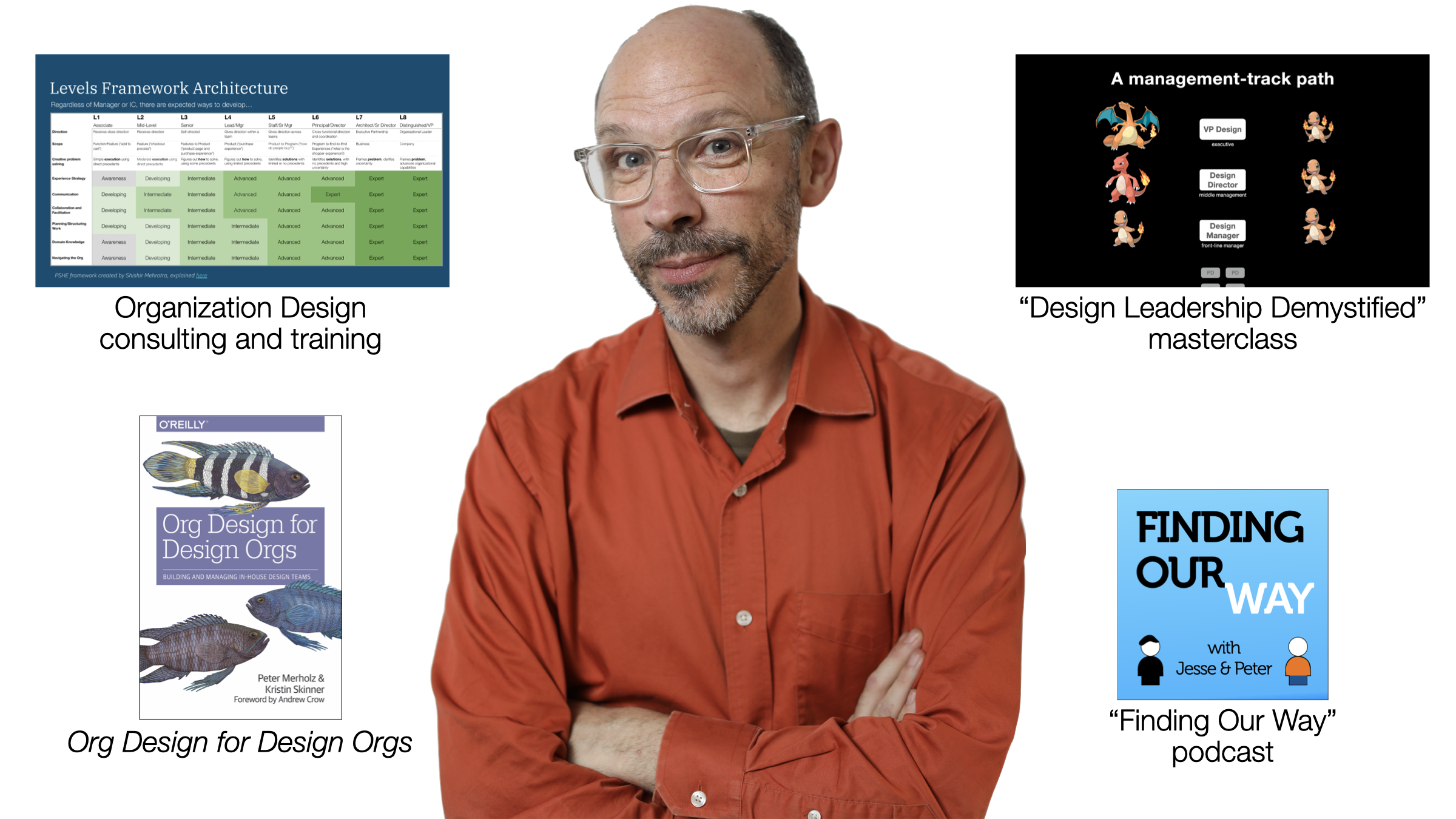Upgrade your Design Org
Blog
Blog

How Reporting Structure Affects UX/Design Organizational Health
· Peter Merholz

OKRs for Design Orgs
· Peter Merholz
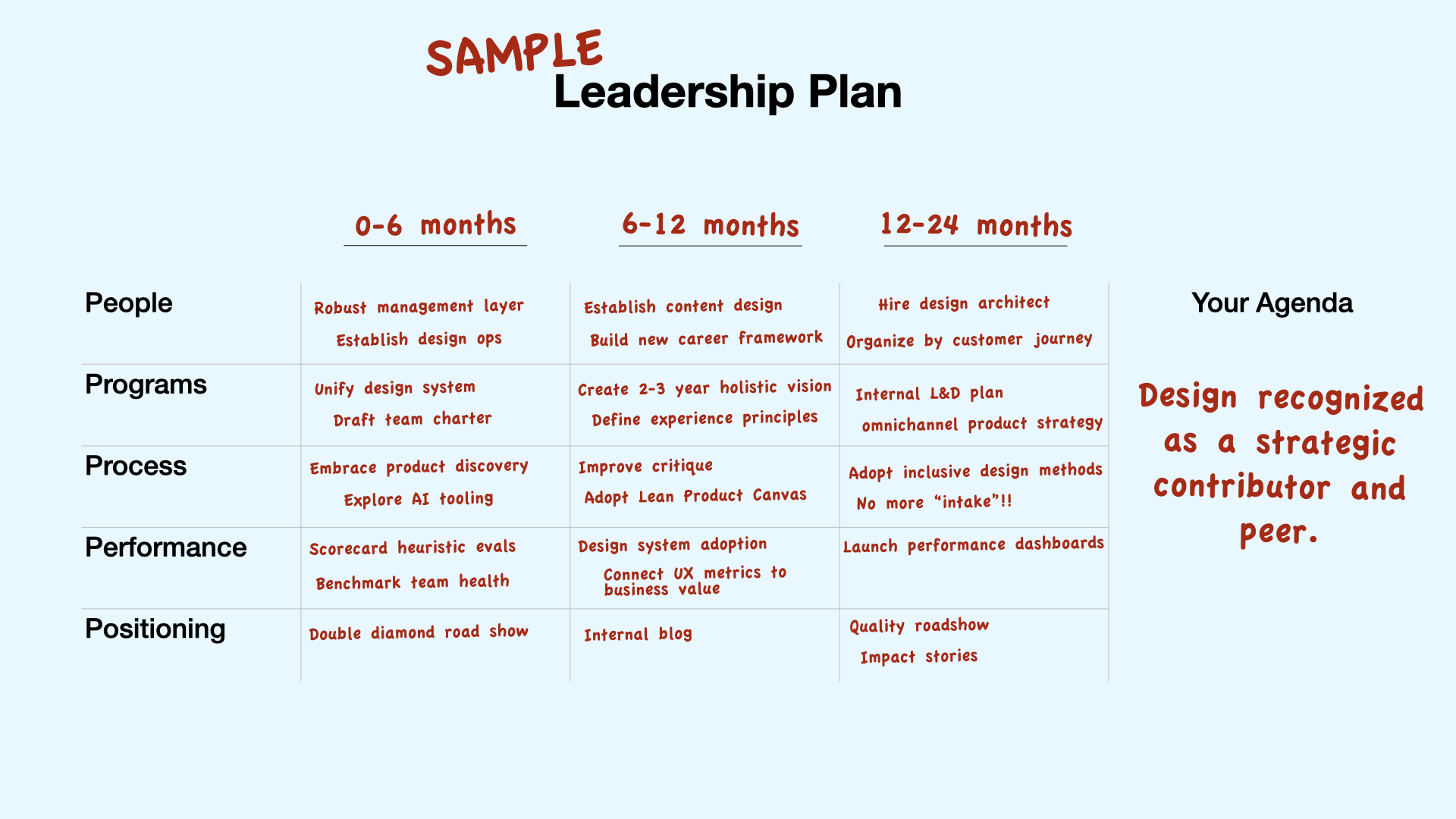
Craft Your Leadership Plan with These 5 P's
· Peter Merholz

Critique is not review, and many other thoughts on an overlooked practice
· Peter Merholz
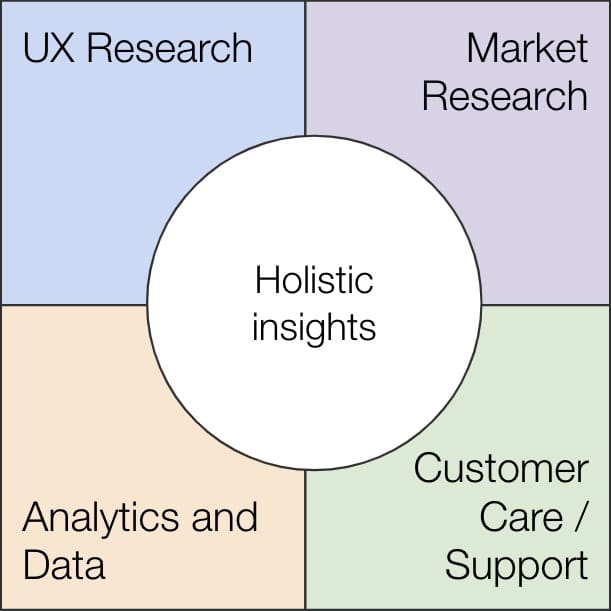
Whither UX Research?
· Peter Merholz

To Lead Design, You Must Have an Agenda
· Peter Merholz
Masterclasses
Masterclasses
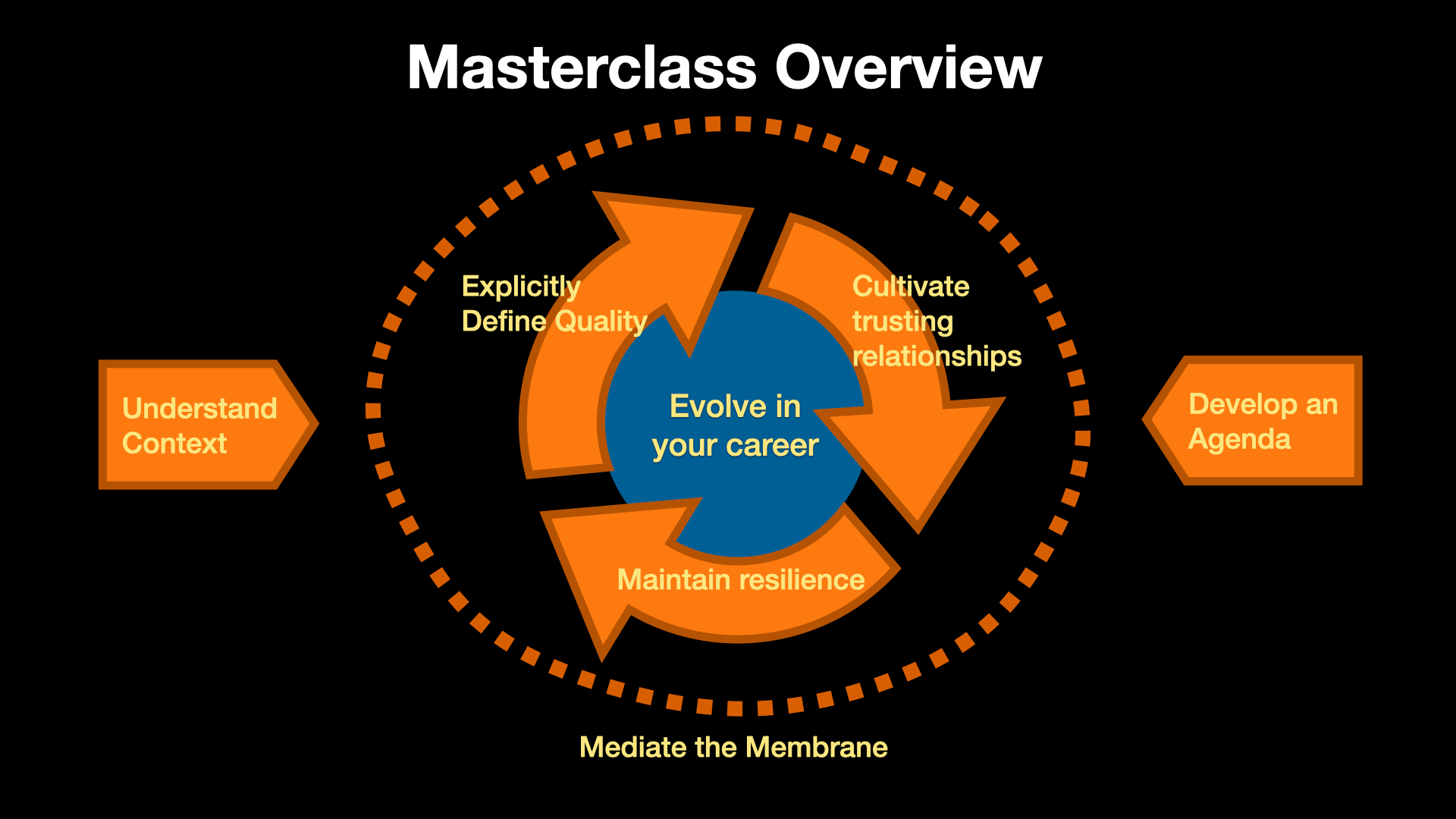
UX/Design Leadership Demystified
Peter Merholz’s signature masterclass, sharing the proven steps that drive design leadership success.
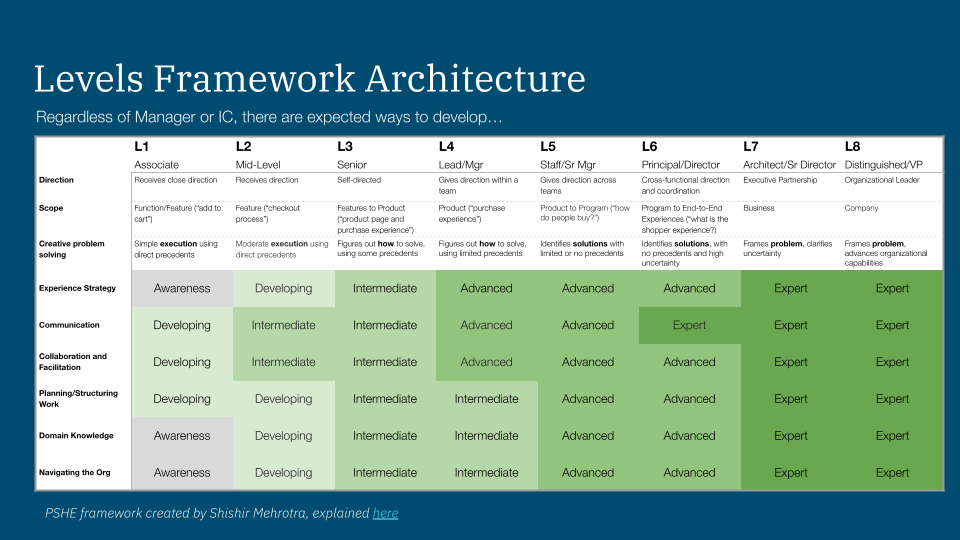
From Ladder to Trellis: Flexible UX Career Architectures
In this masterclass, Peter will share with you his approach to building flexible career architectures, enabling growth paths that respond to each individual’s specific professional desires.
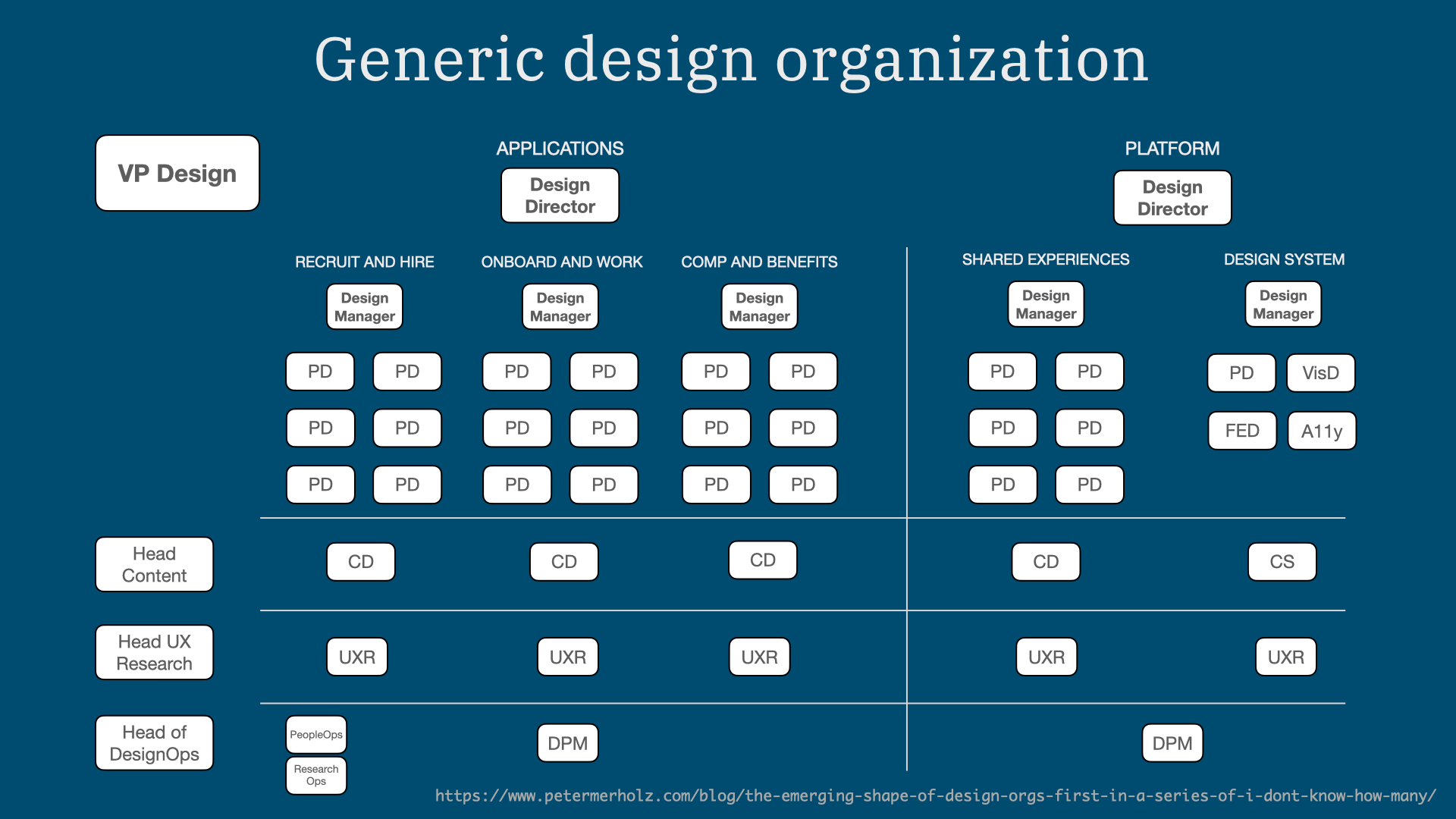
Design Your Design Organization
This masterclass takes you step by step through the considerations necessary to build an effective design organization. Initially drawn from Org Design for Design Orgs, and expanded and evolved through teaching and consulting since the book came out.
